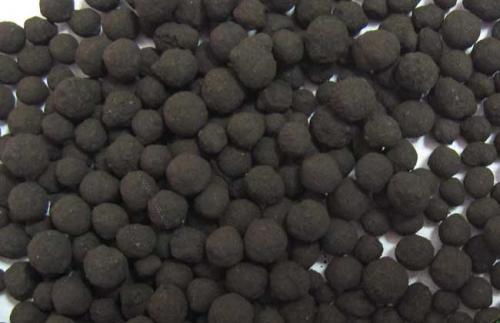
2020-09-08
Today, due to soil, organic fertilizer, and green ecology, more and more people are concerned about humic acid, and there are more and more unpredictable sounds of humic acid and humic acid fertilizer.
So, which soil is suitable? Which crops are reasonable? How to apply it alone? How to apply it together with organic fertilizer? Let's talk about the standards for soil application of humic acid and humic acid fertilizers!
1. Soil standard
It is suitable for a variety of soils, but under different soil standards, the actual effect of increasing yield is different.
1, soil organic matter composition
①The barren and low-yield fields with insufficient soil organic matter can increase the yield greatly;
②In the soil that increases yield and richness, it is also possible to increase yield, but the intensity is relatively small for poor soil.
2, physical and chemical properties
Applying humic acid and humic acid fertilizer on sand with poor structure, saline-alkali land, and acid-alkaline red soil, the actual effect of increasing production is particularly significant.
research shows:
①Applying ammonium humate to the sand in Jilin Province, Inner Mongolia and Shaanxi Province can increase crop yield by 17.1%-85.7%;
②The application of ammonium humate on saline-alkali soils such as Inner Mongolia, Hebei and Shaanxi can increase crop yield by 144.6%-150%;
③The application of ammonium humate on the low-yielding acid-alkaline soil in Yunnan Province can increase the crop yield by 39.7%.
3, soil nutrients
Soil nutrient content is very harmful to the actual effect of humic acid fertilizer on increasing yield.
①The content of alkaline hydrolysis nitrogen is low, and the effect of increasing the production of ammonium humate is very good; the content of alkaline hydrolysis nitrogen is high, and the actual effect of increasing the production of ammonium humate is relatively poor.
②Humic acid phosphorus and humic acid nitrate have obvious fertility on soils with low yield and phosphorus deficiency; on soils with more nitrogen, more phosphorus and less nitrate, and serious imbalance of nitrate and nitrogen, or soils with obvious immobilization of strong phosphorus, The actual effect is more significant.

4, soil moisture
①In the waterlogged fields with too much water, humic acid and humic acid fertilizers can digest and absorb water, improve the air permeability, and are beneficial to crop germination and hair;
②In the fields with less water and drought, humic acid and humic acid fertilizer can absorb moisture, store water, maintain soil moisture, reduce volatilization, and improve the ability of crops to withstand drought;
③It must be emphasized that humic acid fertilizer is a chemical fertilizer that likes water, and the actual effect will be better if the drought-affected soil cooperates with water injection.
2, the type of crops
Humic acid has yield-increasing effects on various crops, but the relationship between crops is very complicated, and it is related to the size of the stimulatory effect of humic acid and the relatively sensitive level of crops. To reflect and compare the sensitivity level, the crops are divided into the following four categories:
1. Crops that are more sensitive to the actual effect of increasing production include Chinese cabbage, carrots, tomatoes, potatoes, cabbage, sweet potatoes, tubers, rhizomes, etc.
2. Crops that are more sensitive to the actual effect of increasing production include corn, paddy, wheat, paddy, sorghum rice, and oats.
3. Crops with general sensitivity to the actual effect of increasing production include cotton wool, black beans, 4 kidney beans, legumes, etc.
In fact, even for less sensitive crops, such as rapeseed, sunflower, castor, linen, etc., it depends on the application standards, such as soil, arable land, provenance, planting, etc., and cannot be generalized.
3, the application stage
Different crops have different growth periods, and the reactions to humic acid and humic acid fertilizers are different. Generally, the actual effect of crop growth and development is more significant in the early stage. In the most abundant stage of crop life activities, microbial organisms are physiologically metabolized and the theme activities of enzymes are more obvious The actual effect of humic acid and humic acid fertilizer is more significant. Such as seed germination period, seedling hair, flower bud differentiation period, seedling planting, fruit hanging and fruit expansion period and other key periods.
It is emphasized that since humic acid itself cannot be used as a single nutrient, it should be integrated with the application technology, so that it can better give full play to its practical effects of scale, functionality and humanization. Since humic acid comes from different sources The same, the quality is different, and the product characteristics are very different. It should be based on soil types, crop types, climatic conditions and other factors to select humic acid, humic acid fertilizer products, application methods and the total number of fertilizers, so as to make full use of humic acid. Yield-increasing effect of acid and humic acid fertilizers.